You don’t have to be a dusty sommelier to realize that some wines are flat and others are jam packed with bubbles.
While it is super tempting to assume there is a rare breed of magical golden grapes that sing wonderful songs as they are crushed into sparkling, effervescent juices for us, this is simply not the case.
So, how did those goddamn bubbles get in there?
The answer is unicorn tears… and by unicorn tears we actually mean secondary fermentation.
Wine people (being wine people) have decided to complicate matters by calling this either the méthode traditionelle or the méthode champenoise… but we can put that aside for now.
So what is fermentation?
It’s what goes down if yeast can’t get its yeasty little hands on any air. See, when yeast can’t access oxygen (like when it’s pitched into a sealed tank full of grape juice) it decides to eat sugars instead… kind of like when you don’t have any arugula left in the house, say “f$%k it” and just eat ice cream.
In the same way that eating a whole pint of ice cream instead of a salad produces self-loathing and regret, it just so happens that when yeast eats or “processes” sugars instead of oxygen, it also creates two byproducts.
Fortunately, these byproducts are much more agreeable than self-loathing and regret. We’re talking about alcohol and carbon dioxide, better known as booze and bubbles, two staples of any good life.
But all of this still doesn’t explain how sparkling wine actually becomes sparkling, because it’s secondary fermentation that makes your bubbly all bubbly. Simply put, secondary fermentation is another round of fermentation that winemakers intentionally trigger once the wine is bottled.
By adding a little bit of extra sugar and a little bit of extra yeast to wine and then sealing it in a bottle, you get bubbly. Why? Because the wine ferments again in said bottle and all of the carbon dioxide that gets produced during that second round of fermentation can’t escape. With nowhere else to go, the carbon dioxide carbonates all of the liquid inside, thus making it bubbly, sparkling, effervescent, tongue-tickling… what have you.
At the end of the day, you could say that sparkling wine “sparkles” because it was trapped in a bottle full of yeast farts and you wouldn’t be wrong. But do you really want to say that? For all of our sakes, let’s stick with secondary fermentation. Please.

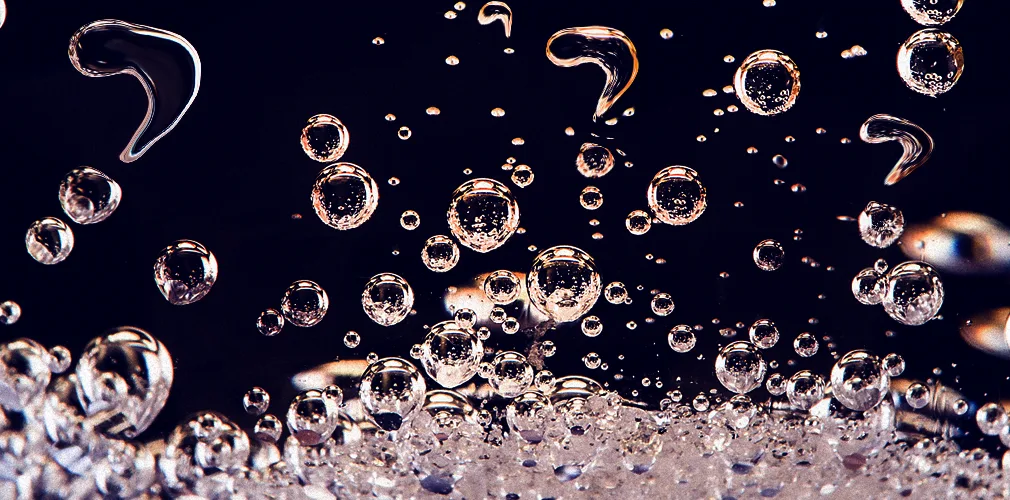
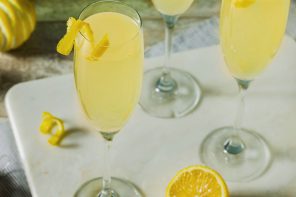

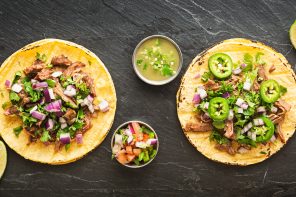
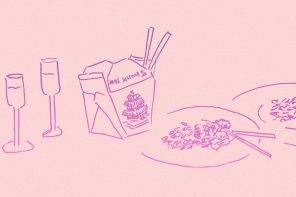
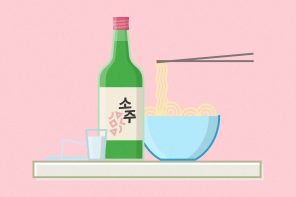
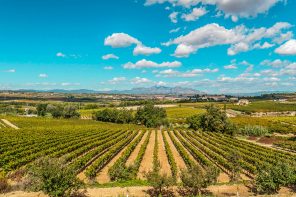
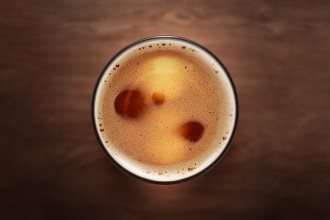
1 Comment